Snakeguy101
TPF Noob!
- Joined
- Dec 5, 2010
- Messages
- 717
- Reaction score
- 63
- Location
- Gainesville
- Can others edit my Photos
- Photos OK to edit
I took some long exposure shots and I was getting this nasty purple vignetting. What is it caused by? It is only appearing in the corners that would be the top corners of the sensor when the camera is held in the landscape orientation. Is this caused by the lens or something in the camera?
You can see it on the left corners of this picture:

Thanks for your help.
You can see it on the left corners of this picture:

Thanks for your help.


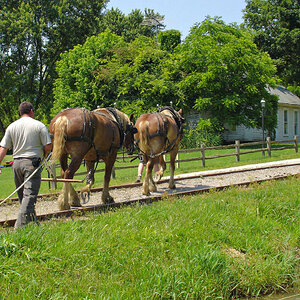
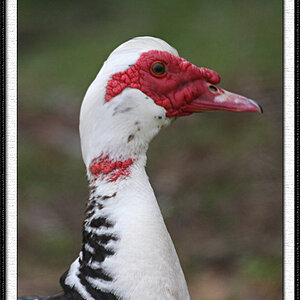
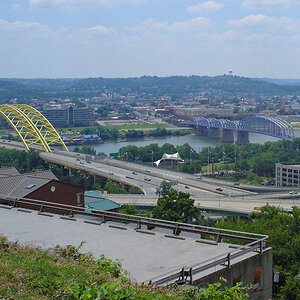
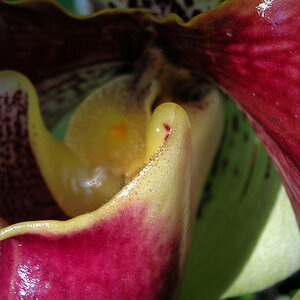
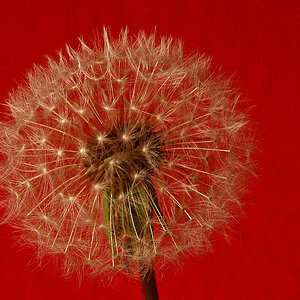

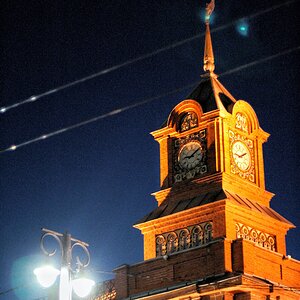
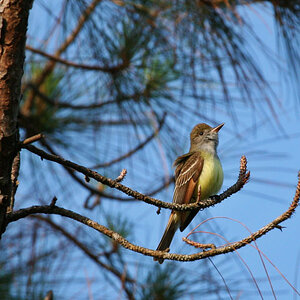
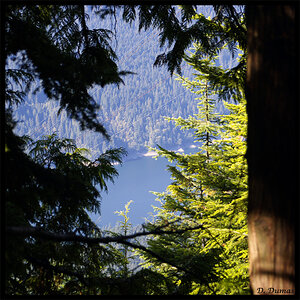

![[No title]](/data/xfmg/thumbnail/40/40356-883c642c8d24d2709b359f9c8b196fcf.jpg?1619739437)
